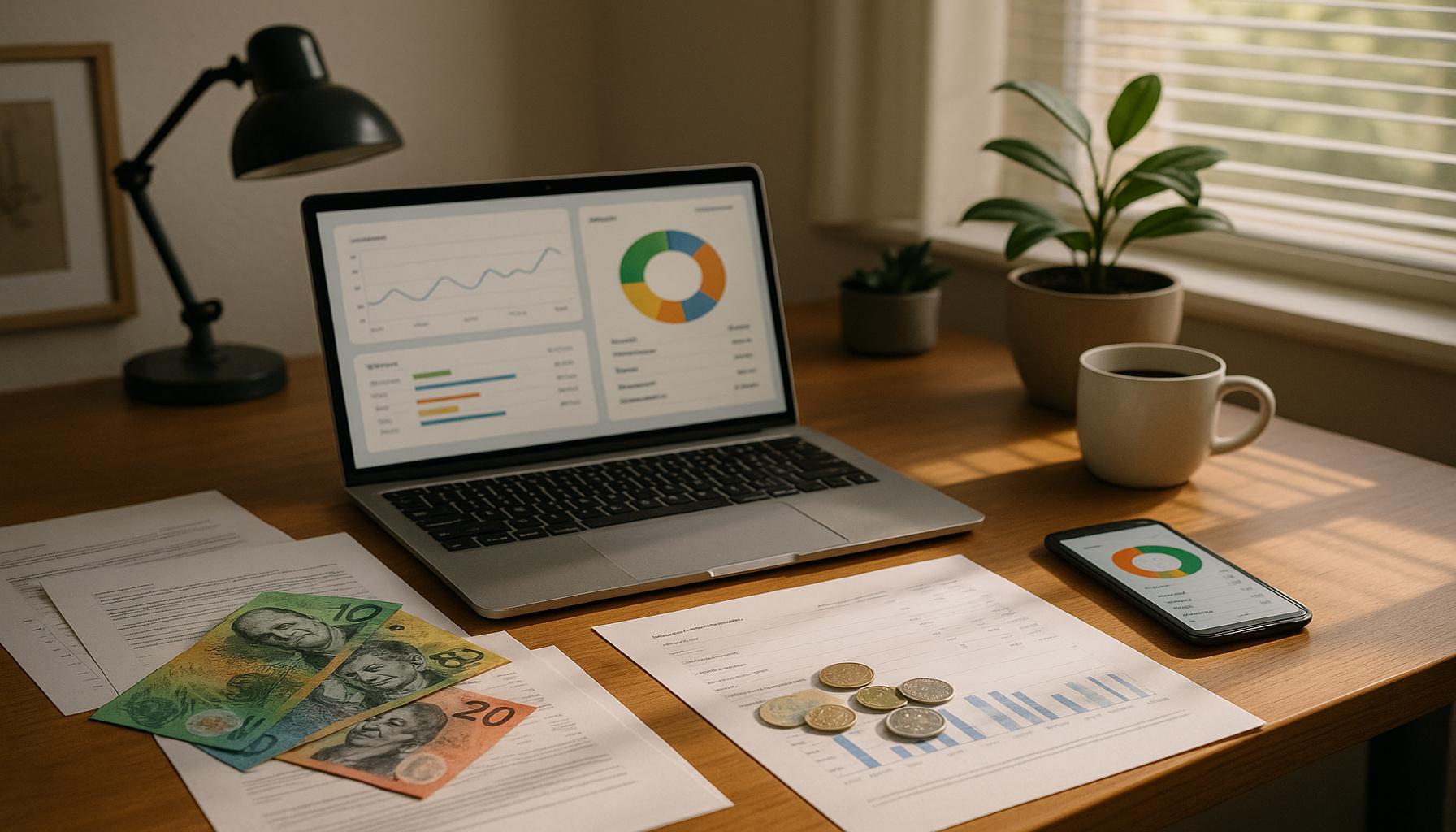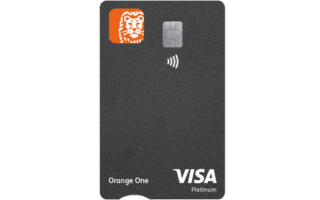How to Use Personal Finance Apps to Improve Your Financial Control in Australia

Understanding Personal Finance Apps in Australia
In recent years, the significance of managing personal finances has been amplified in Australia due to rising living costs, fluctuating interest rates, and economic uncertainties. Personal finance apps present an innovative solution that not only promotes financial literacy but also simplifies budgeting and expense tracking. These technologies enable Australians to take charge of their finances, allowing for greater transparency and control over their financial situations.
Key Features of Personal Finance Apps
Personal finance apps come equipped with a variety of features designed to enhance financial management. One of the most notable functionalities is the ability to track expenses. With this feature, users can categorize their spending—be it groceries, utilities, or entertainment—providing a clearer picture of monthly outflows. For instance, an app might show that an individual is spending excessively on takeout meals, prompting adjustments to foster better financial habits.
Creating budgets is another vital component, allowing users to set spending limits for specific categories. This can empower Australians to allocate funds for savings and investments, fostering a more disciplined financial approach. For example, a user may set a limit of AUD 300 for entertainment, ensuring they do not overspend and compromising their savings goals.
Another significant feature is the ability to monitor savings. Personal finance apps often include goal-setting functionalities, enabling users to track their progress toward financial milestones, such as saving for a home deposit or a holiday. This ongoing insight can motivate users to adhere to their saving plans more diligently.
Furthermore, with the utility of managing bills, these apps assist users in keeping track of their payment deadlines, thus helping to avoid late fees and penalties—particularly essential for those managing multiple subscriptions and regular expenses.
Selecting the Right App for Your Needs
Given the multitude of personal finance apps available, it is crucial to select one that best aligns with individual financial goals. Many of these apps cater specifically to the Australian market by integrating with local banks and facilitating real-time currency conversion for overseas spending. This tailored approach ensures that users can manage their finances in a familiar context and with relevant local insights.
Benefits of Consistent Usage
Using personal finance apps consistently brings multiple advantages. By engaging with these tools regularly, users can develop a deeper understanding of their spending patterns, leading to informed financial decisions. Moreover, the discipline that arises from applying these apps may encourage more robust financial health over time, steering individuals away from unnecessary debt and fostering a culture of saving.
In conclusion, the integration of personal finance apps into daily life not only enhances financial control among Australians but also positions them better for future stability. By embracing this technology and employing the tips shared in this article, users can navigate their financial journeys with confidence and clarity.
CHECK OUT: Click here to explore more
Maximising Financial Control Through App Features
The effectiveness of personal finance apps is largely determined by the inherent features they provide. Understanding and utilising these features can guide Australians in enhancing their financial control. Below are some essential functionalities that can empower users to manage their finances better:
1. Comprehensive Expense Tracking
Expense tracking is the backbone of any personal finance app. By enabling users to input or automatically sync their transactions, these apps present a holistic view of where their money is going. An individual can benefit by:
- Identifying Spending Patterns: Analysing categories such as groceries, transportation, and dining out helps users discern their priorities and areas where spending can be trimmed.
- Setting Alerts: Many apps offer notification features to alert users when they approach their predefined spending limits for various categories, reinforcing budget discipline.
2. Budget Creation and Management
The ability to create budgets is crucial for maintaining financial health. Personal finance apps allow for the establishment of tailored budgets based on individual income levels and financial goals. Here’s how users can leverage this feature:
- Allocate Funds Strategically: Users can designate a portion of their income towards different categories, such as necessities, savings, and discretionary spending, ensuring a balanced approach.
- Track Budget Performance: By regularly monitoring the allocated versus actual spending, users can adjust their habits in real-time, fostering accountability in their financial decision-making.
3. Goal Setting and Achievement Tracking
Goal setting is a powerful motivator within personal finance apps. Whether the aim is to save for a vacation, a new car, or to pay off debt, users can create specific financial goals and monitor their progress:
- Visual Progress Indicators: Many apps offer graphs and charts to provide a visual representation of savings towards goals, which can encourage users to stay on track.
- Milestone Notifications: These reminders can help users celebrate small achievements on their journey to larger financial goals, enhancing motivation.
4. Bill Management and Payment Tracking
Managing bills is another critical feature offered by personal finance apps, as timely payments are essential for maintaining good credit scores and avoiding penalties:
- Centralized Bill Management: Users can track all their bills, due dates, and amounts in one place, simplifying the management of monthly expenses.
- Automated Payment Reminders: By setting up alerts for upcoming payments, users can ensure they never miss a deadline, thus avoiding late fees and maintaining positive relationships with service providers.
By understanding these key features and employing them effectively, Australians can take significant strides toward improved financial control. The discipline achieved through consistent app usage fosters not only awareness but also proactive management of personal finances, ultimately leading to financial freedom.
CHECK OUT: Click here to explore more
Enhanced Financial Insights Through Data Analytics
In today’s digital age, personal finance apps also leverage advanced data analytics to provide users with deeper insights into their finances. By tapping into these analytics, Australians can further refine their financial strategies and make informed decisions. The following aspects highlight how data-driven features elevate financial management:
1. Spending Insights and Trends
Utilising sophisticated algorithms, personal finance apps can generate comprehensive reports that detail spending trends over time. This feature empowers users to:
- Recognise Seasonal Patterns: Understanding how expenses fluctuate with seasons—such as increased spending during holidays—enables users to allocate their budgets effectively throughout the year.
- Benchmark Spending Habits: Some apps can benchmark users’ spending against similar demographic groups, providing context to individual spending habits and signalling whether adjustments are necessary.
2. Investment Tracking and Portfolio Management
For those seeking to grow their wealth, many personal finance apps offer built-in investment tracking tools. With these functionalities, users can:
- Monitor Investment Performance: Users can track their portfolio returns in real-time, gaining insights into asset performance and market trends that affect financial growth.
- Diversification Analysis: Certain apps provide users with reports on their investment diversification, helping them understand risk exposure and make strategic adjustments to their portfolios.
3. Debt Management Tools
In Australia, managing debt effectively is crucial due to high living costs and housing prices. Personal finance apps incorporate features to assist users in managing and strategising debt repayment:
- Debt Reduction Plans: Many apps guide users in formulating tailored debt repayment plans, allowing them to prioritise high-interest debts and optimise payment schedules.
- Progress Tracking: Features tracking progress toward debt payoff goals help motivate users by visually representing how much they have reduced their debt over time.
4. Tax Management and Planning
Understanding tax obligations is vital for every Australian. Personal finance applications equip users with tools to better prepare for tax season:
- Expense Categorisation for Tax Deductions: By categorising expenses correctly, users can easily identify potential tax-deductible items, which can reduce their taxable income.
- Tax Calculators and Forecasting: Some apps include tax calculators that enable users to estimate their tax liability based on current income and spending patterns, helping them plan better and adjust expenses accordingly.
By harnessing the data analytics capabilities embedded in personal finance apps, Australians not only enhance their financial control but also cultivate a more informed approach to spending, saving, and investing. These insights elevate financial consciousness and lay the groundwork for improved financial literacy, ultimately leading to long-term financial stability.
SEE ALSO: Click here to read another article
Conclusion
In conclusion, personal finance apps represent a transformative tool for Australians seeking to enhance their financial control and overall well-being. These applications serve as comprehensive platforms where users can manage various aspects of their finances efficiently. By integrating features such as budgeting tools, automated savings, and investment tracking, these applications empower individuals to take charge of their financial futures. For example, apps like Pocketbook and Raiz allow users to create tailored budgets, reminding them of their spending limits while also setting goals for savings. This proactive approach can significantly reduce unnecessary expenses and bolster savings over time.
The analytical capabilities inherent in these apps allow users to gain unparalleled insights into their financial habits. Users are provided with detailed spending reports and insights into their investment performance, promoting a shift from reactive to proactive financial behaviour. For instance, users can identify trends in their spending, enabling them to adjust their habits accordingly. Moreover, functionalities designed for debt management—like debt calculators and repayment planners—simplify what can often be a complex financial task. This empowers users to develop personalised debt repayment strategies that align with their financial circumstances and objectives, foster a sense of achievement, and significantly improve their credit score over time.
Additionally, many apps offer features that assist with tax planning, helping users optimise their tax positions. This not only ensures compliance with Australian tax laws but can also lead to potential savings at tax time. By understanding their unique spending behaviours, users can take strategic actions that align with their short-term and long-term financial goals. By utilising these resources, Australians can cultivate better money management habits, ultimately leading to enhanced financial literacy, greater stability, and confidence in their financial decisions.
As the financial landscape continues to evolve, embracing technology and leveraging data analytics will be crucial in making informed decisions about personal finances. This proactive engagement with financial tools is essential to manoeuvre through uncertainties in economic conditions, such as fluctuating interest rates and changing investment landscapes. Therefore, integrating personal finance apps into daily life is not merely a trend but a necessary step towards achieving long-term financial resilience and success. By staying adaptable and informed, Australians can ensure that their financial journeys are both rewarding and sustainable, paving the way for a more secure financial future.

Beatriz Johnson is a seasoned financial analyst and writer with a passion for simplifying the complexities of economics and finance. With over a decade of experience in the industry, she specializes in topics like personal finance, investment strategies, and global economic trends. Through her work, Beatriz empowers readers to make informed financial decisions and stay ahead in the ever-changing economic landscape.





